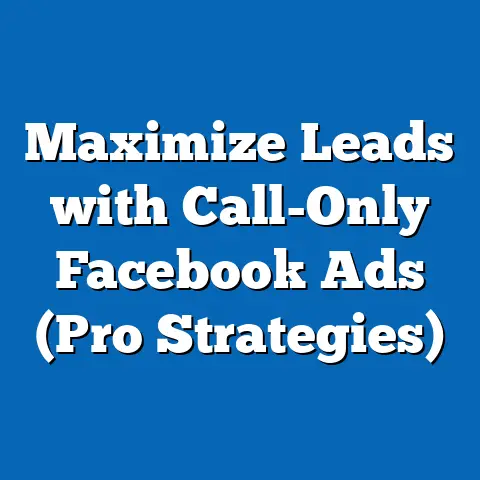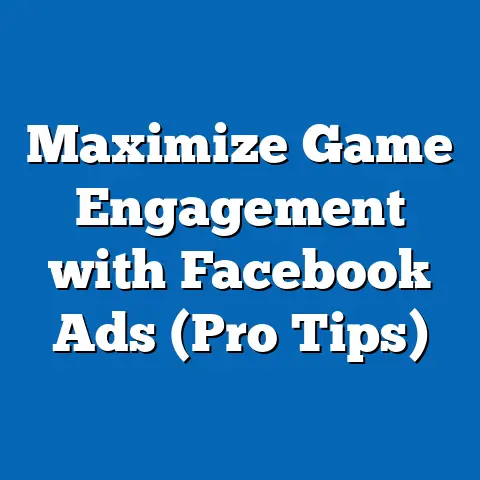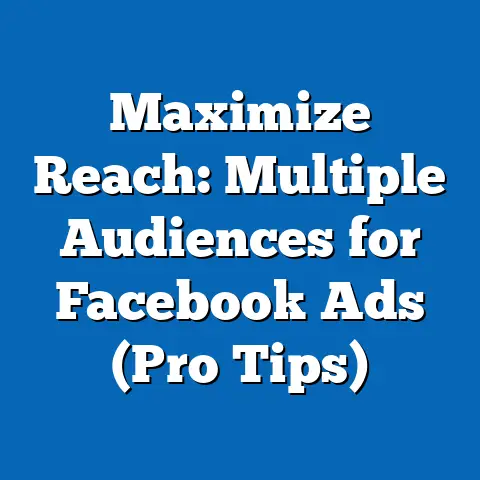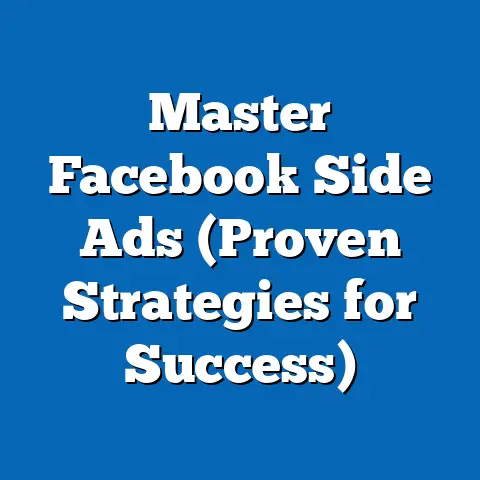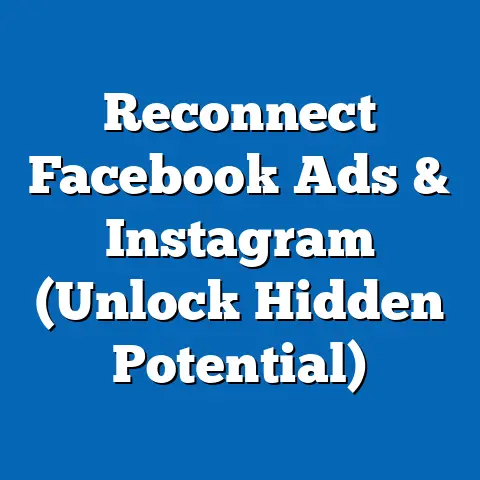Maximize Impact with 1200 x 444 Facebook Ads (Design Secrets)
The Digital Pulpit: Maximizing Religious Engagement Through Facebook Ads (1200 x 444 Design Secrets)
Introduction: Setting the Context
The intersection of religion and technology has transformed how faith communities connect with their followers in the 21st century. As social media platforms like Facebook become central to communication, religious organizations are increasingly leveraging digital advertising to reach broader audiences. This report explores current data on religious demographics, projected trends in digital engagement, and design strategies for maximizing impact with Facebook ads, specifically focusing on the 1200 x 444 pixel format (commonly used for Facebook carousel or single-image ads).
This analysis draws on demographic data from the Pew Research Center, statistical projections from the World Religion Database, and social media usage statistics from Statista. It also examines key factors driving changes in religious engagement online. While the focus is on actionable insights for religious groups, the findings are placed in a broader historical and social context of digital transformation.
Section 1: Current Religious Demographic Landscape
As of 2023, the global religious landscape is diverse, with Christianity (2.4 billion adherents), Islam (1.9 billion), and Hinduism (1.2 billion) representing the largest faith communities, according to the Pew Research Center’s 2020 data. Unaffiliated individuals, often referred to as “nones” (those with no religious affiliation), constitute about 16% of the global population, a group that has grown significantly in Western countries. In the United States alone, the “nones” increased from 17% in 2009 to 26% in 2019 (Pew Research Center, 2019).
Section 2: Projected Trends in Religious Demographics and Digital Engagement
Using statistical models such as cohort-component projection methods, researchers forecast that the global religious composition will shift by 2050. The Pew Research Center (2015) projects that Islam will grow faster than any other major religion, potentially nearing parity with Christianity by mid-century due to higher fertility rates and younger populations in Muslim-majority regions. Meanwhile, the unaffiliated population is expected to decline as a global percentage, though it may continue to rise in North America and Europe.
Digital engagement is also on an upward trajectory. A 2022 report by Hootsuite indicates that 58.4% of the global population uses social media, with penetration rates expected to reach 60% by 2025. For religious groups, this trend underscores the importance of platforms like Facebook, where targeted advertising can reach specific demographics based on age, location, and interests.
Methodological Note: Projections rely on assumptions about fertility, mortality, migration, and switching rates (conversion or disaffiliation). These variables are subject to change due to geopolitical events, cultural shifts, or technological disruptions, introducing uncertainty into long-term forecasts.
Section 3: Key Factors Driving Changes in Religious Digital Engagement
Several factors influence how religious communities adopt digital tools like Facebook ads for outreach. First, generational differences play a significant role—younger cohorts (Gen Z and Millennials) are more likely to engage with religious content online, with 68% of U.S. adults aged 18-29 using social media daily (Pew Research Center, 2021). Older generations, while slower to adopt, are increasingly present on platforms like Facebook, necessitating tailored content.
Second, urbanization and internet access drive digital engagement, particularly in developing regions. For instance, sub-Saharan Africa has seen a 115% increase in internet users from 2015 to 2022 (ITU, 2022), correlating with rising online religious activity. Finally, competition for attention in a crowded digital space pushes religious groups to invest in high-impact advertising strategies, such as visually compelling Facebook ads.
Section 4: Design Secrets for 1200 x 444 Facebook Ads in Religious Outreach
The 1200 x 444 pixel format is ideal for Facebook carousel ads or single-image posts, offering a wide, horizontal layout that captures attention in user feeds. For religious organizations, maximizing impact involves both visual and messaging strategies. Below are data-backed design tips tailored to this format:
- Visual Hierarchy: Use high-contrast colors and bold imagery (e.g., a cross, mosque, or temple) to draw the eye, as studies show that visuals are processed 60,000 times faster than text (3M Corporation, 2001).
- Emotion-Driven Messaging: Incorporate concise, uplifting messages (e.g., “Find Hope Today”) that resonate emotionally, as 90% of decisions are influenced by emotion (Harvard Business Review, 2016).
- Call-to-Action (CTA): Include clear CTAs like “Join Our Community” or “Learn More,” as ads with CTAs see a 28% higher click-through rate (WordStream, 2022).
Visual Representation: Below is a conceptual breakdown of an effective 1200 x 444 ad layout (text-based description due to format limitations):
- Left Section (400px): Central image of a religious symbol or community gathering.
- Middle Section (400px): Bold text overlay with a key message (e.g., “Discover Faith”).
- Right Section (400px): CTA button or text with event details or a website link.
Limitations: Ad performance varies by audience demographics and platform algorithm changes, so results are not guaranteed. Continuous A/B testing is recommended.
Section 5: Multiple Scenarios for Digital Outreach Outcomes
Rather than offering definitive predictions, this analysis presents three plausible scenarios for how religious engagement via Facebook ads might evolve by 2030:
- Optimistic Scenario: Widespread adoption of digital tools leads to a 30% increase in online religious engagement, driven by improved internet access and effective ad campaigns. Religious groups using targeted 1200 x 444 ads see higher conversion rates for event attendance and donations.
- Moderate Scenario: Engagement grows modestly by 10-15%, constrained by digital saturation in developed markets and privacy concerns over data usage in advertising. Religious ads remain effective but compete with secular content for attention.
- Pessimistic Scenario: Regulatory changes (e.g., stricter ad targeting rules) and declining trust in social media reduce the efficacy of platforms like Facebook, leading to stagnant or declining engagement. Religious groups pivot to alternative channels like email or in-person events.
Assumption: These scenarios assume current trends in internet penetration and social media usage persist, though external factors like policy shifts or technological disruptions could alter outcomes.
Section 6: Historical and Social Context
Historically, religious outreach has adapted to new communication technologies, from the printing press in the 15th century to radio and television in the 20th century. The digital era represents the latest frontier, with social media offering unprecedented reach but also challenges like misinformation and polarization. Socially, the rise of secularism in some regions contrasts with religious revival in others, shaping how digital tools are received.
For instance, in the U.S., evangelical Christian groups have historically been early adopters of media, from televangelism to social media, using platforms to amplify their message. In contrast, some traditionalist groups may resist digital outreach due to cultural or doctrinal reasons, highlighting the need for tailored strategies.
Section 7: Uncertainties and Limitations
While this analysis is grounded in current data and projections, several uncertainties remain. First, demographic forecasts beyond a decade are inherently uncertain due to unpredictable events like pandemics or conflicts. Second, social media platform policies on advertising and data privacy could shift, impacting outreach effectiveness.
Additionally, data on religious engagement online is often self-reported or based on limited samples, which may not fully capture global diversity. These limitations underscore the need for ongoing research and adaptation in digital strategies.
Conclusion: Navigating the Digital Future of Faith
Religious organizations stand at a pivotal moment in leveraging digital tools like Facebook ads to connect with diverse audiences. By understanding demographic trends, embracing data-driven design strategies for formats like 1200 x 444 ads, and preparing for multiple future scenarios, faith communities can maximize their impact. However, success requires balancing innovation with sensitivity to cultural and generational differences.
This report provides a foundation for action, but continuous monitoring of trends and platform changes is essential. For further insights, religious leaders are encouraged to consult resources like the Pew Research Center or collaborate with digital marketing experts to refine their approach.

